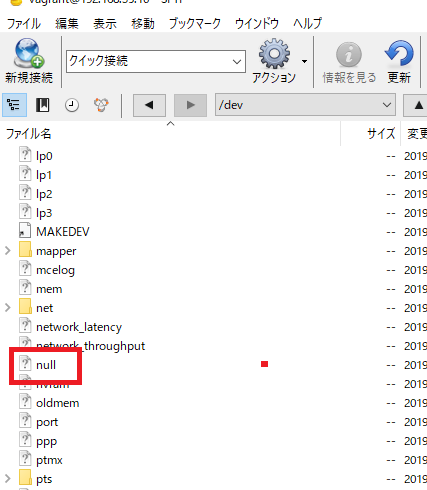インストール済みの確認
[vagrant@localhost ~]$ yum list installed | grep alsa-lib
alsa-lib.x86_64 1.1.0-4.el6 @base
alsa-lib: ALSA サウンドインターフェースへのアクセスを必要とする (ALSA ユーティリティ を含む) プログラムが利用する ALSA ライブラリ
http://lfsbookja.osdn.jp/BLFS/svn-ja/multimedia/alsa-lib.html
[vagrant@localhost ~]$ yum list installed | grep giflib
giflib.x86_64 4.1.6-3.1.el6 @base
giflib:The GIFLIB project maintains the giflib service library, which has been pulling images out of GIFs since 1989. It is deployed everywhere you can think of and some places you probably can’t – graphics applications and web browsers on multiple operating systems, game consoles, smartphones, and likely your ATM too
http://giflib.sourceforge.net/

